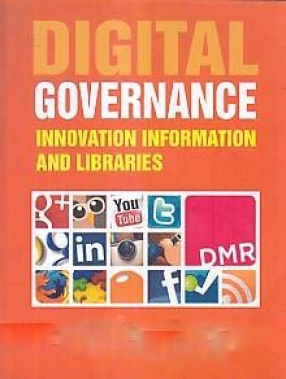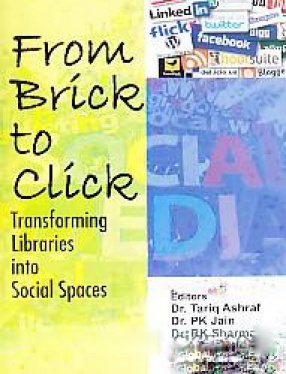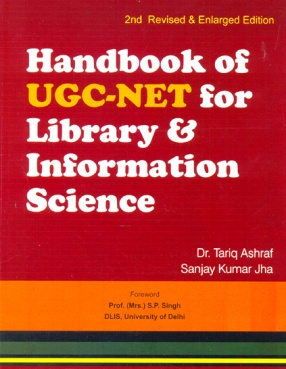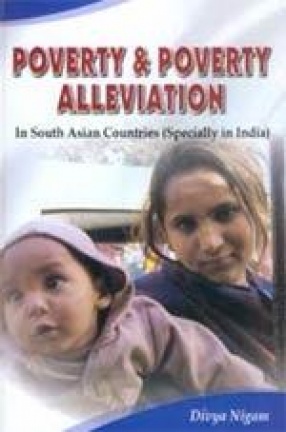The World’s largest exercise in democracy, India’s sixteenth general election, took nearly four weeks to complete. Spread over nine stages, 543 constituencies, 8,251 candidates, representing some 300 parties, competed for the ballots of an electorate of 814 m eligible voters. In 8,30,866 polling stations, 17,20,080 simple, robust and apparently tamper-proof electronic voting machines were deployed. With a continent sized voters, India has learned to pull off virtually flawlessly the biggest, eye-popping democratic exercise with the kind of ease that is a part of its new brand equity.
According to the Election commission of India, the electoral population in 2014 was 81.45 crores, the largest in the world. There was an increase of 10 crores newly eligible voters. At rupees 35 billion, this was also the longest and the most expensive general election in the history of the country excluding the expenses incurred for security and individual political parties. Parties spent nearly rupees 3.05 thousand crores (about US$500 million) in the election, according to the centre for Media studies. This is three times the amount spent in the previous election and is the world’s second highest after the US$7 billion spent on the 2012 U.S. presidential election.
The 16th Lok Sabha witnessed the highest-ever turnout in the elections, that of 66.38%. In itself the turnout was a clear sign of the people crying out for a change. To Complete this mammoth exercise, the Election Commission had to negotiate a long list of potential obstacles when scheduling the poll: it took school exams, holidays festivals, the harvest and even the monsoon into account. The organizational challenge of the polling was huge.
The 2014 general election in India has been projected to cost about $5 billion, making it the costliest election ever in India and the second most expensive campaign in world history, behind only the 2012 U.S. presidential election, which cost some $7 billion, according to the U.S. Federal Election Commission. The huge sum marks India’s entrance into big-time election expenditures as well as the emergence of sophisticated Western style campaigning, fund-raising and the domination of social media in politics.
The general election 2014 will also feature one of the most ambitious security undertakings ever in the subcontinent, the Ministry of Home Affairs mobilized some 200,000 security personnel-comprising 175,000 paramilitary forces and 25,000 state police officers—across the country to protect polling stations and safeguard election results. In the last general election in 2009, the central Government-provided security deployment consisted of 120,000 personnel.
Spread over three volumes and nearly 2000 pages, this book is essentially a documentation and record of entire election process through which India passed to elect its new government in year 2014. It includes a vast amount of data and statistical information generated out of the protracted exercise. It is intended to serve as a useful reference tool for researchers, policy makers, psephologists and scholars.








There are no reviews yet.